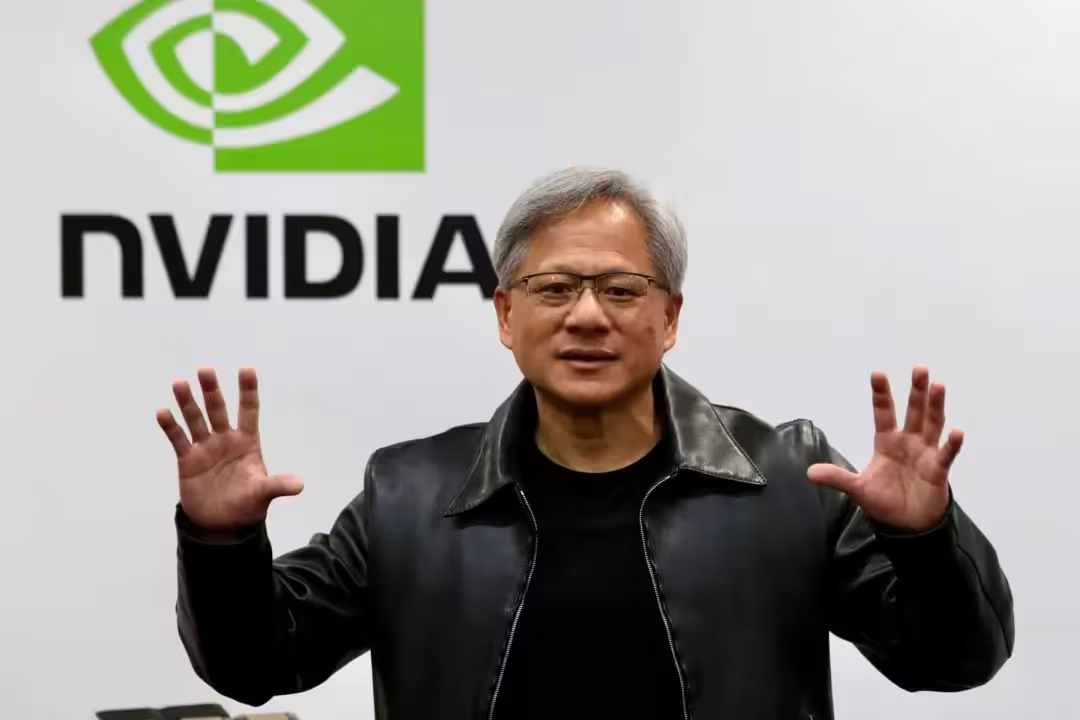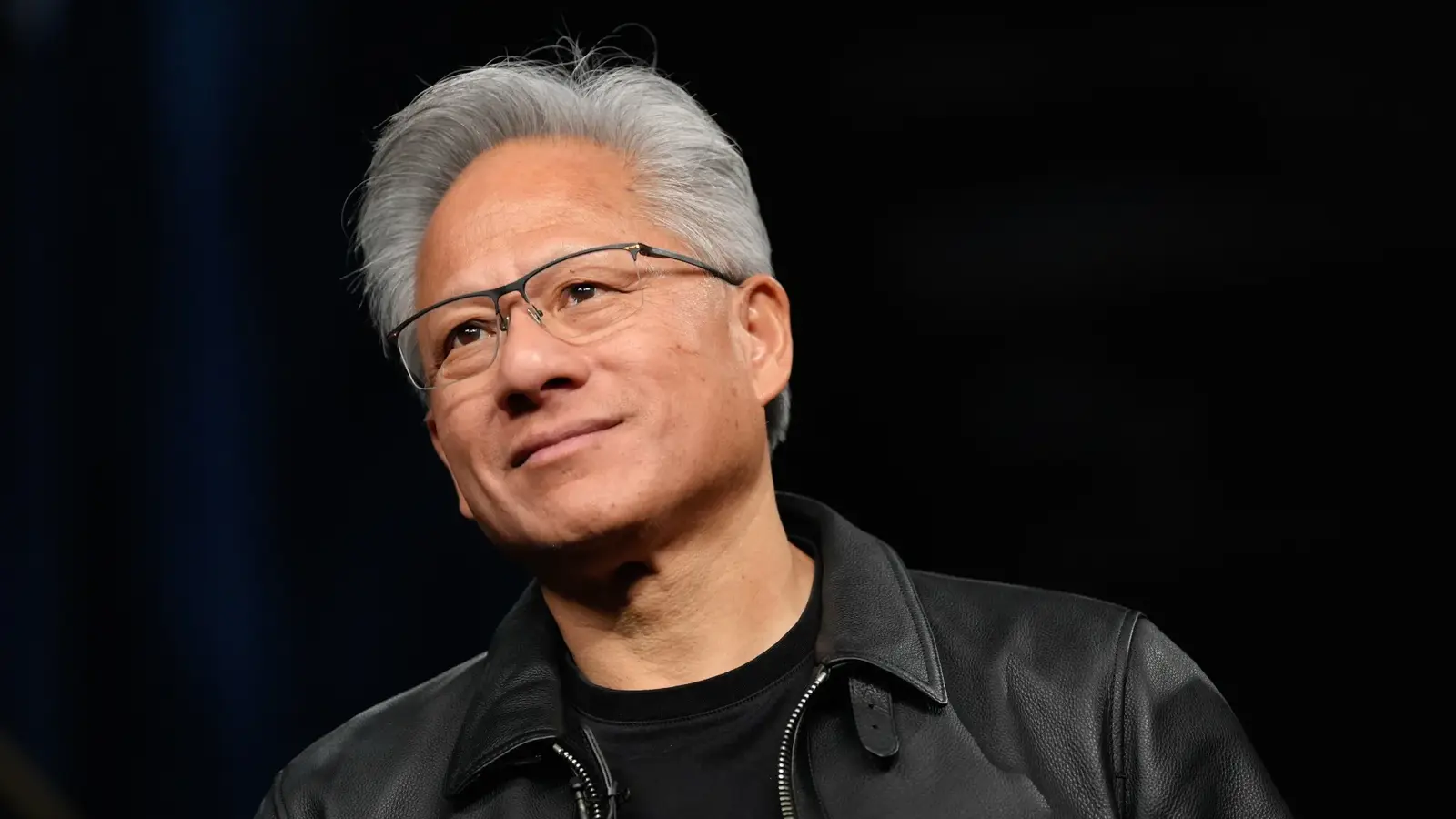4 Minutes
Jensen Huang, CEO of NVIDIA, has a simple but urgent piece of advice: get yourself a personal AI tutor now. Huang says mastering AI tools will be the defining skill of the coming decade—and it’s easier to learn than you think.
Why Huang thinks an AI tutor matters
Huang frames the shift we’re living through as moving from “coding” to “teaching” computers. Instead of writing line-by-line instructions, people will increasingly train AI to do complex tasks. That makes learning to interact with and guide AI a practical necessity. His daily routine includes using AI search and assistant tools—Perplexity is one he publicly recommends—so he treats an AI tutor like a personal coach for continuous learning.
Imagine a tool that helps you write, analyze data, generate ideas, and learn new technical topics on demand. That’s the promise. But Huang also warns: treat these tools as helpers, not complete replacements. Verify outputs and keep human judgement in the loop.
From gaming GPUs to the backbone of AI
NVIDIA’s rise started with a familiar problem: gamers wanted richer graphics, and CPUs weren’t fast enough for massively parallel rendering. NVIDIA built GPUs—many small processors optimized for parallel work—and later opened CUDA, a software platform that let developers use GPUs for non‑graphics tasks. That decision was a big gamble that paid off.
When deep learning models like AlexNet demonstrated breakthrough results in 2012 using consumer GPUs, the world noticed. The same parallel processing that drove realistic gaming turned out to be ideal for training neural networks. NVIDIA’s GPUs and CUDA helped scale deep learning into the revolution we see today.

Training robots inside virtual worlds: Omniverse and Cosmos
Huang sees the next frontier as physical robotics. Real-world training is slow, risky, and expensive. NVIDIA’s solution: train robots in simulated environments. Two pillars of that approach are Omniverse and Cosmos.
Omniverse is a high-precision 3D simulation platform that models physics and environmental interaction with mathematical fidelity. Cosmos acts as a generative model of physical common sense—gravity, friction, inertia and object permanence—so an AI can reason about how the world behaves. Together, Cosmos provides the “brains” and Omniverse supplies the “ground truth” playground for safe, scalable robot learning.
When robots trained in this virtual setup transfer to real factories or homes, they’re already prepared for many unpredictable scenarios—lighting changes, slippery floors, or sudden obstacles—without breaking anything in the process.
How to start with your own AI tutor
Huang’s practical advice is immediate: experiment. Use conversational AI like ChatGPT or search-based agents like Perplexity as daily tutors. Set specific goals—learn a programming pattern, understand a biotech concept, or automate a repetitive task—and ask your AI to teach you step by step. Here are quick tips:
- Start small: ask for a short lesson or one code example.
- Iterate: request clarifications, variations, or real-world examples.
- Validate: cross-check important facts and outputs with trusted sources.
- Integrate: make the AI part of your workflow—notes, drafts, analyses—so learning becomes habit.
Huang believes this approach will accelerate skills across industries—digital biology, climate tech, agriculture, and robotics—and ultimately make people more capable, not less. He even imagines everyday life with helpful, embodied AI assistants: in our glasses, phones, cars, and homes.
What to expect next
Huang predicts the coming decade will be about applying AI across industries. He suspects that in some domains AI will reach superhuman levels—because humans will have superhuman partners: specialized, powerful AI systems that extend our abilities. For professionals and curious learners alike, Huang’s message is clear: adopt an AI tutor, practice, and let AI amplify what you can do.


Leave a Comment